The candy industry is a vibrant, ever-evolving sector where consumer demands and technological advancements play key roles in driving innovation. With the rise of automation and more efficient production methods, candy machinery has undergone a significant transformation. In this article, we will explore how candy machines have shaped the industry, their role in modernizing production, the technological advancements driving the future, and how these machines are adapting to new market demands.
What is a Candy Machine?
Candy machines are automated devices used in the production of candies, including hard candies, gummies, chocolates, and more. These machines perform various tasks such as mixing ingredients, cooking, cooling, molding, and cutting candies into uniform sizes and shapes. From large-scale industrial factories to artisanal workshops, candy machines ensure the high-speed, efficient production of candy while maintaining quality and consistency.
In essence, candy machines replace traditional, manual methods that were slower and labor-intensive. They offer a scalable solution to meet global candy demands while reducing human intervention and production errors.
The Evolution of Candy Machinery
Candy machinery has come a long way since its inception. Initially, candy-making was a hands-on process, where ingredients were mixed manually, cooked over open flames, and poured into molds by hand. This was a slow, labor-intensive process suitable only for small batches. However, as candy demand increased, it became clear that more efficient, automated solutions were needed.
Early Beginnings: The Manual Era
The first candy machines appeared in the late 19th and early 20th centuries. These machines primarily automated basic processes such as cooking, molding, and cutting. However, they were relatively simple and still required a fair amount of manual labor. The introduction of continuous cooking systems marked a significant shift, allowing manufacturers to scale up production while maintaining product quality.
The Rise of Automation
In the 1960s and 1970s, automation began to take a stronger foothold in the candy-making process. Machines could now handle multiple functions such as mixing, forming, and packaging, all while operating at higher speeds. With the addition of conveyors, cooling systems, and automated cutting techniques, candy manufacturers could meet the rising consumer demand without sacrificing consistency.
Modern Candy Machines
Today, candy machines are highly sophisticated, incorporating computer controls, robotics, and real-time data analytics. Modern machines can produce multiple types of candies—hard candies, chewy candies, and chocolates—on the same line with minimal downtime for adjustments. They offer flexibility in size, shape, color, and even flavor, providing manufacturers with the tools to keep pace with market trends.
Technological Advancements Driving the Future
As the candy industry moves forward, new technologies are continually shaping the future of candy production. From automation to machine learning, these innovations are making candy machines smarter, more efficient, and more sustainable.
Automation and Robotics
One of the most important advancements in candy machinery has been the integration of automation and robotics. Automated candy machines use robotic arms, conveyors, and automated depositing systems to perform tasks like mixing, pouring, shaping, and packaging.
| Feature | Benefit |
|---|---|
| Robotic Arms | Automates the handling of ingredients and molds, ensuring precise and consistent shaping. |
| Conveyor Systems | Transports candy through various stages of production, minimizing manual handling and improving speed. |
| Automated Packaging | Packages candies with precision, ensuring consistent product quality and reducing human error. |
The benefits of automation are numerous. It increases production speeds, reduces human error, improves safety, and lowers labor costs. Robotic systems can work continuously, ensuring 24/7 production without the need for breaks, leading to greater overall efficiency.
IoT and Data-Driven Production
The Internet of Things (IoT) has found its place in candy machinery, enabling real-time data collection, analysis, and monitoring. IoT-enabled machines allow manufacturers to gather performance data from various sensors embedded within the machines, which can be used for predictive maintenance, quality control, and production optimization.
For instance, IoT sensors can monitor temperature, humidity, and ingredient consistency, sending this data to a centralized system where it can be analyzed for optimization. By having access to real-time data, manufacturers can reduce downtime, improve product consistency, and increase overall efficiency.
Key Benefits of IoT Integration:
Predictive Maintenance: IoT sensors can detect early signs of equipment wear and tear, allowing manufacturers to perform maintenance before problems lead to breakdowns.
Remote Monitoring: Operators can monitor production remotely, adjusting parameters in real-time to optimize efficiency.
Data-Driven Insights: Continuous data collection helps identify areas for improvement, enabling informed decision-making.
Machine Learning and AI
Machine learning (ML) and artificial intelligence (AI) are further enhancing the capabilities of candy machines. AI and ML algorithms analyze vast amounts of data collected during production, identifying patterns that help improve efficiency. These technologies enable machines to automatically adjust settings such as temperature, speed, and ingredient ratios based on real-time performance data.
| Technology | Impact on Production |
|---|---|
| AI Algorithms | Predicts demand trends and adjusts production processes accordingly, ensuring the most efficient output. |
| ML Data Analysis | Identifies inefficiencies in production, enabling automatic adjustments to improve product quality. |
| Real-Time Adjustments | Optimizes the production process by adjusting variables automatically without human intervention. |
AI can also assist in market prediction, determining when certain candy flavors will be in demand, helping manufacturers adjust their production lines accordingly.
Efficiency and Sustainability in Candy Production
As environmental concerns increase, sustainability has become a key consideration in the design of modern candy machines. Manufacturers are striving to reduce their environmental impact while optimizing production processes.
Energy-Efficient Machines
Modern candy machines are designed with energy efficiency in mind. They incorporate advanced heat recovery systems, energy-saving motors, and optimized cooking technologies to reduce electricity consumption.
| Feature | Benefit |
|---|---|
| Energy Recovery Systems | Recovers heat from the cooking process and uses it to heat other parts of the machine, reducing energy usage. |
| Efficient Motors | Use less power while maintaining high production speeds, lowering overall energy consumption. |
By minimizing energy consumption, manufacturers can lower operational costs and reduce their carbon footprint, contributing to both financial and environmental sustainability.
Sustainable Materials and Waste Reduction
The candy industry has also seen a shift toward using sustainable materials in both production and packaging. Many new candy machines are built to handle eco-friendly materials, and some even reduce waste by improving the precision of ingredient use. This is particularly important as consumers increasingly demand products with minimal environmental impact.
The Demand for Versatility and Customization
Consumer preferences are continuously shifting toward more personalized and customizable products. Modern candy machines are designed to meet these demands, offering greater flexibility in production.
Customization for Niche Markets
One of the key features of new candy machinery is its ability to produce small-batch and customized products with the same efficiency as large-scale production. From personalized candies with names or messages to limited-edition flavors, these machines can adapt to niche market needs.
| Customization Feature | Benefit |
|---|---|
| Mold Flexibility | Allows for the production of candies in various shapes and sizes without major downtime. |
| Flavor and Color Variations | Enables the creation of unique flavors and color combinations to meet market trends. |
These capabilities are critical as candy brands tap into the growing demand for unique, artisanal products.
Adapting to Seasonal and Trend-Based Products
Candy machines can quickly adjust to create seasonal products, such as holiday-themed candies, by changing molds, colors, and flavors. The ability to quickly switch between products ensures that manufacturers can meet the seasonal peaks in candy demand.
The Future Outlook: What's Next for Candy Machines?
As the candy industry continues to grow and evolve, so too will the technology behind candy machines. The future will see even more advanced features, including fully autonomous systems, deeper integration of AI, and more sustainable practices.
Smart Candy Machines
In the future, candy machines will become even more intelligent, with the ability to monitor every aspect of production in real time. These "smart" machines will automatically adjust settings based on environmental factors, consumer preferences, and market trends, optimizing every step of the production process.
Industry 4.0 Integration
Industry 4.0—characterized by smart factories, automation, and data exchange—will take candy production to the next level. Candy machines will become more connected, with integrated systems that share data across all production stages. This will streamline operations, reduce costs, and enhance product quality.
The future of candy production is undoubtedly exciting, driven by advanced technology, sustainability initiatives, and consumer demand for variety and customization. The evolution of candy machines has allowed manufacturers to scale production, enhance quality, and innovate in ways that were once unimaginable. As technology continues to progress, candy machines will play an even more pivotal role in meeting the demands of the ever-evolving market.
The journey from traditional methods to today's sophisticated machines has set the stage for a new era in candy production. With the continued development of automation, AI, and sustainability-focused machinery, the future of candy manufacturing is brighter, faster, and more efficient than ever before.


 ENG
ENG
 English
English 中文简体
中文简体 русский
русский Français
Français Español
Español عربى
عربى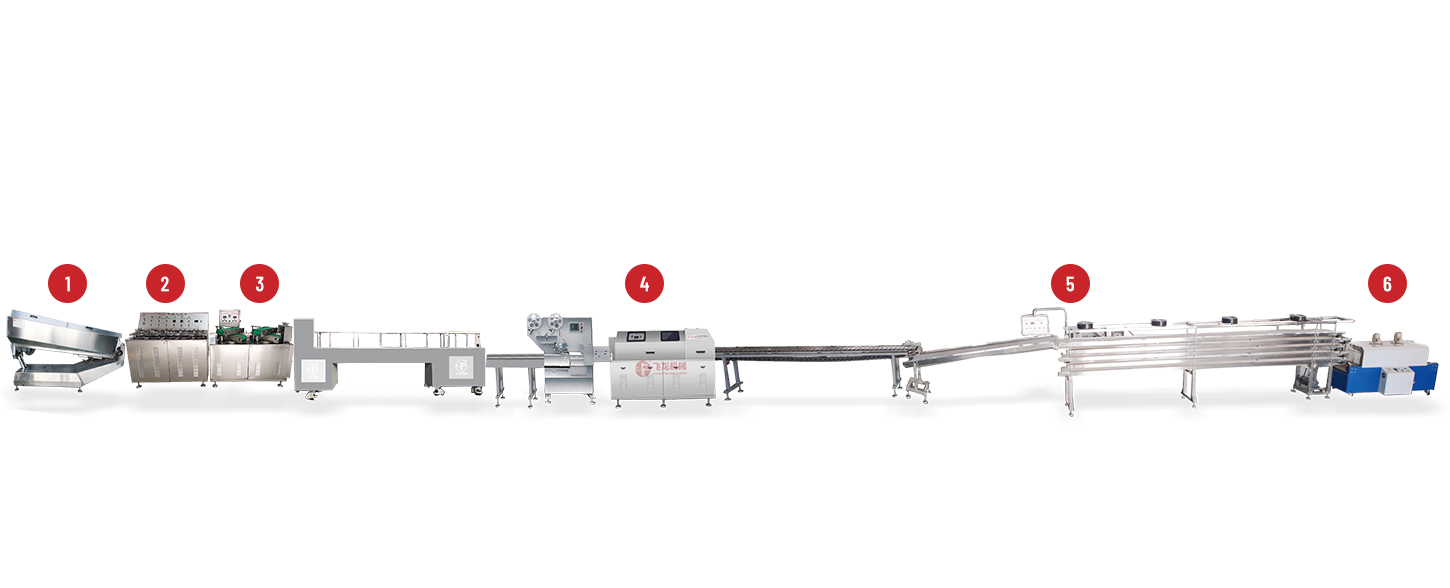
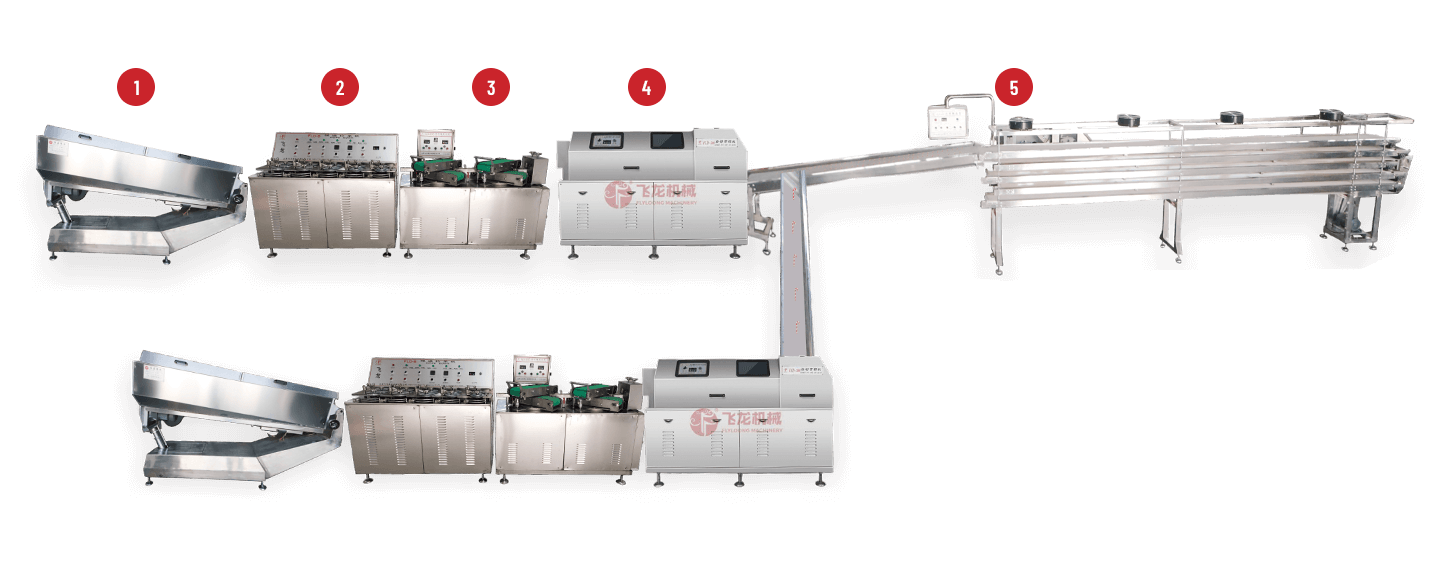
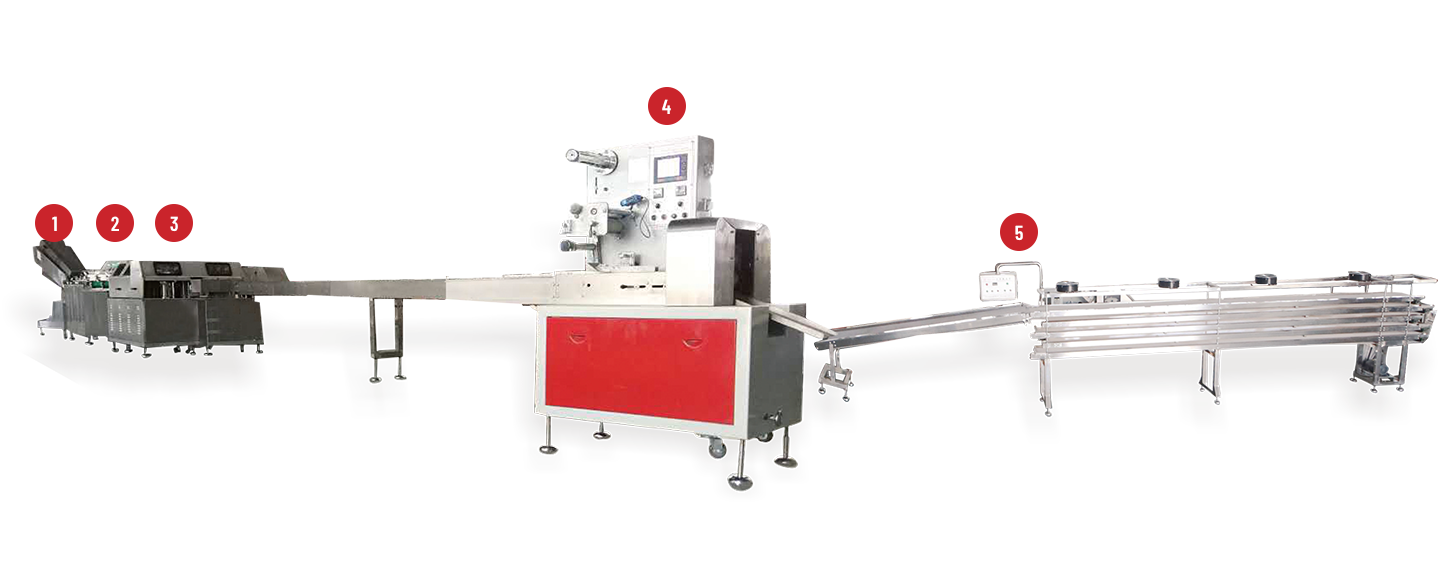
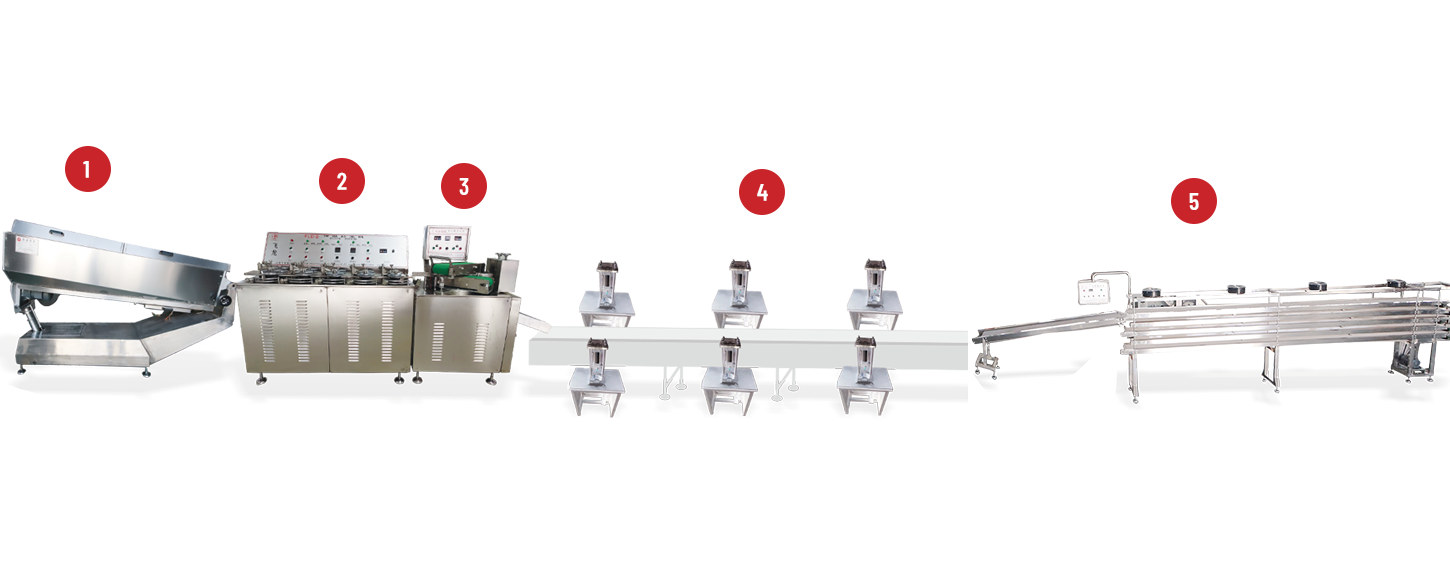
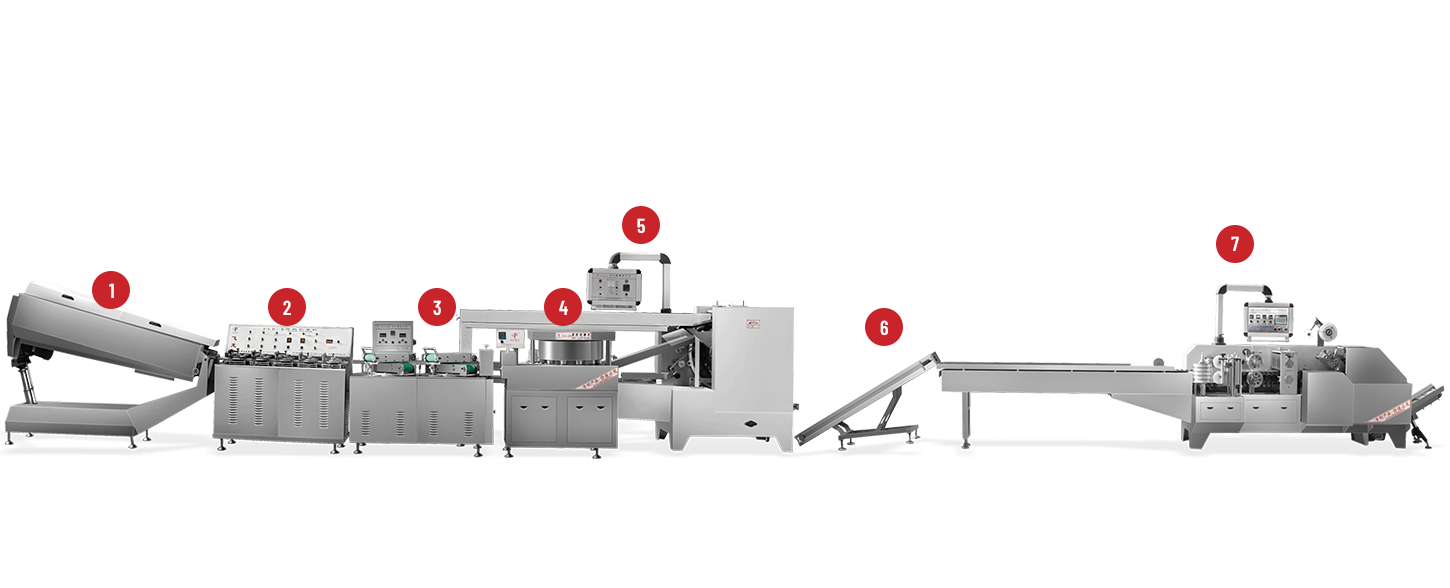
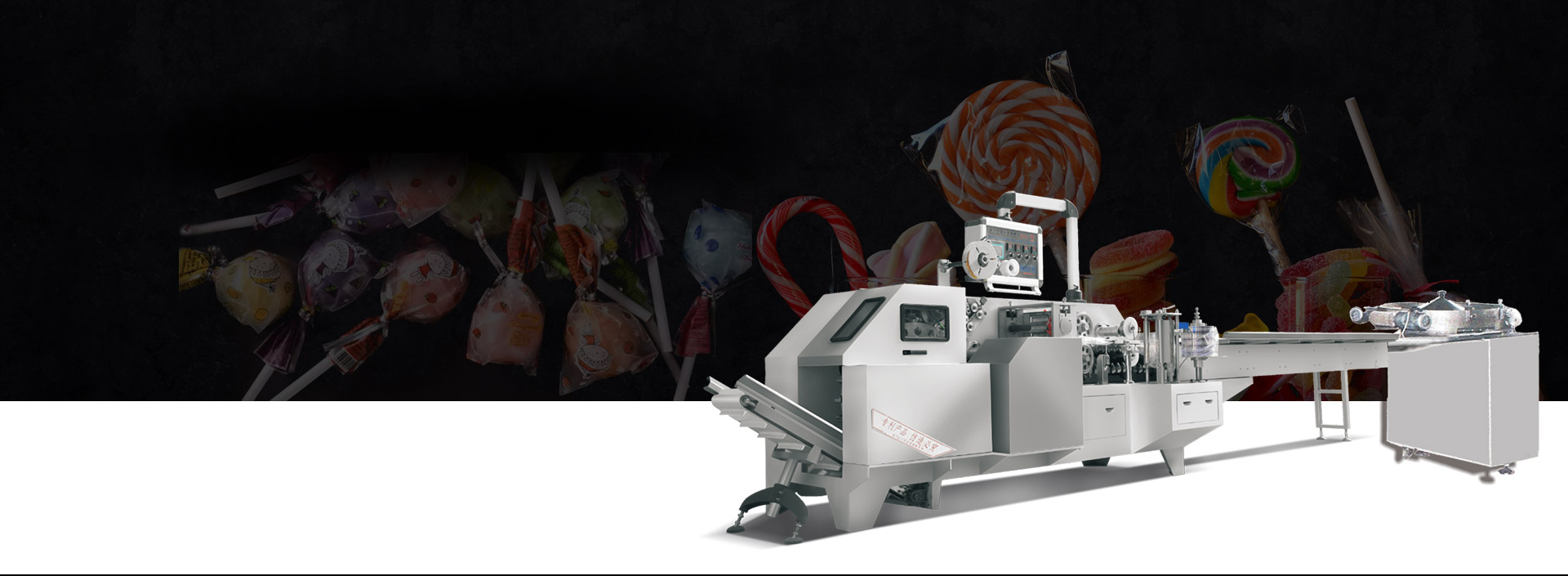
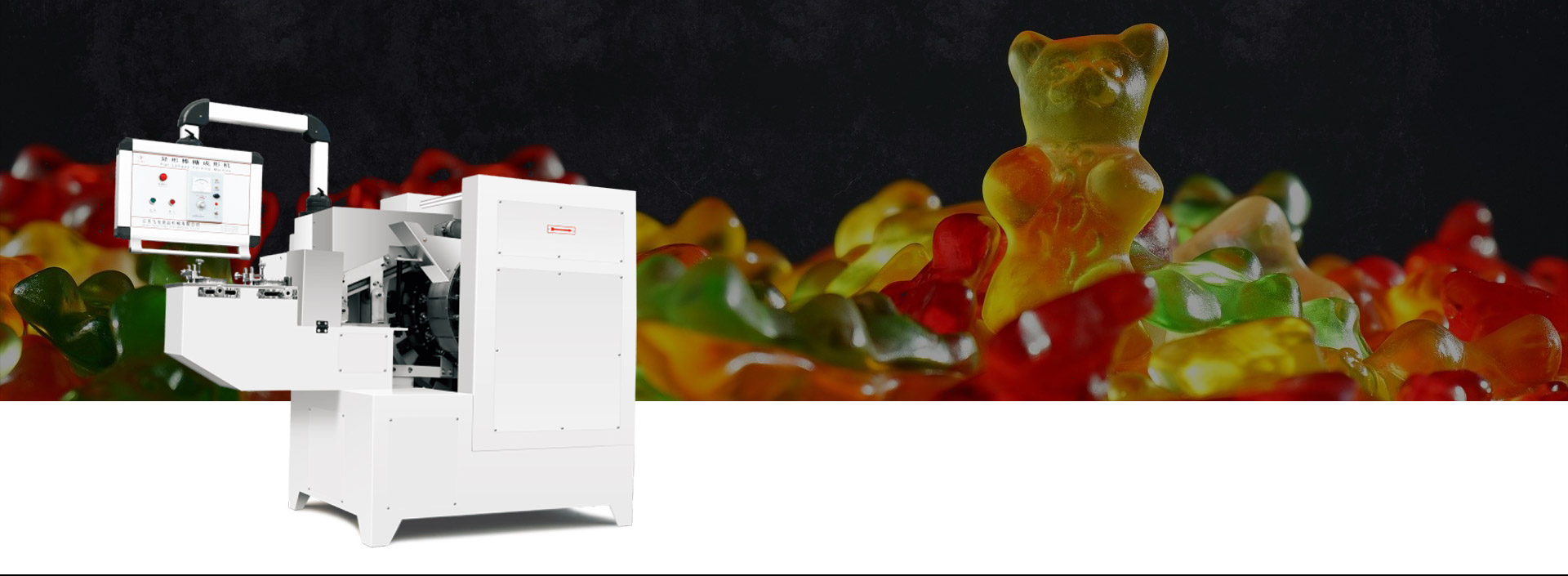
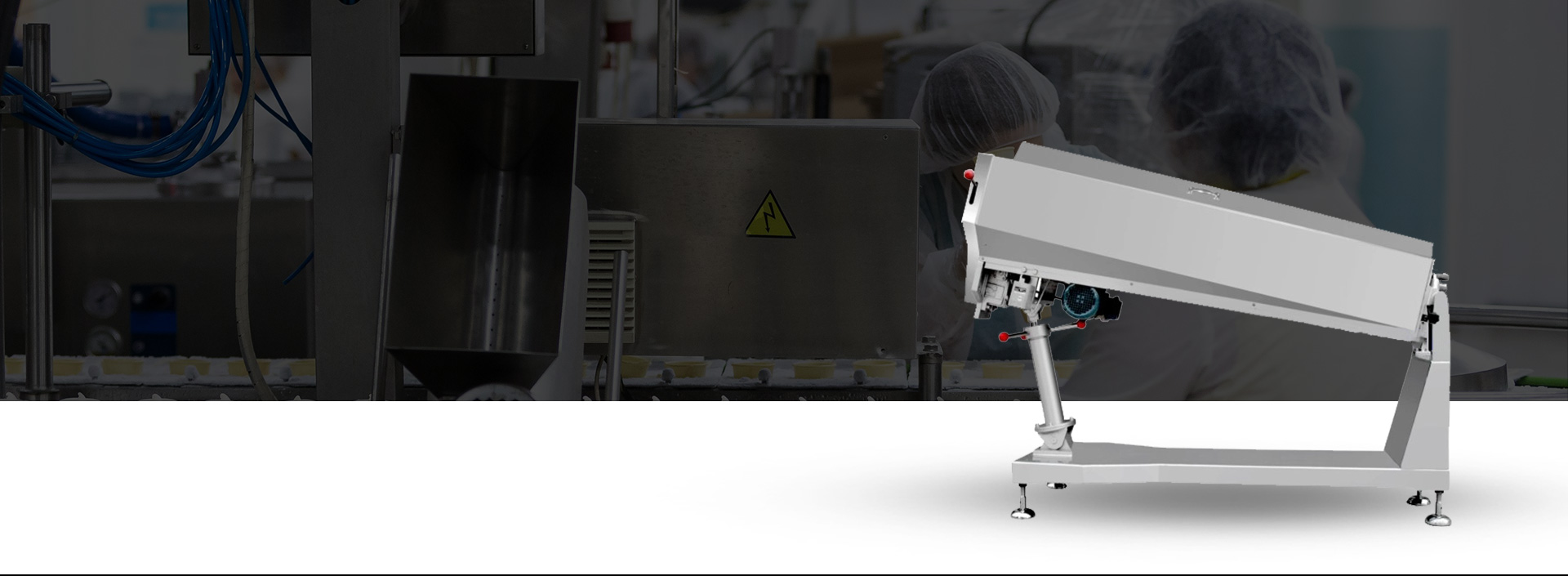
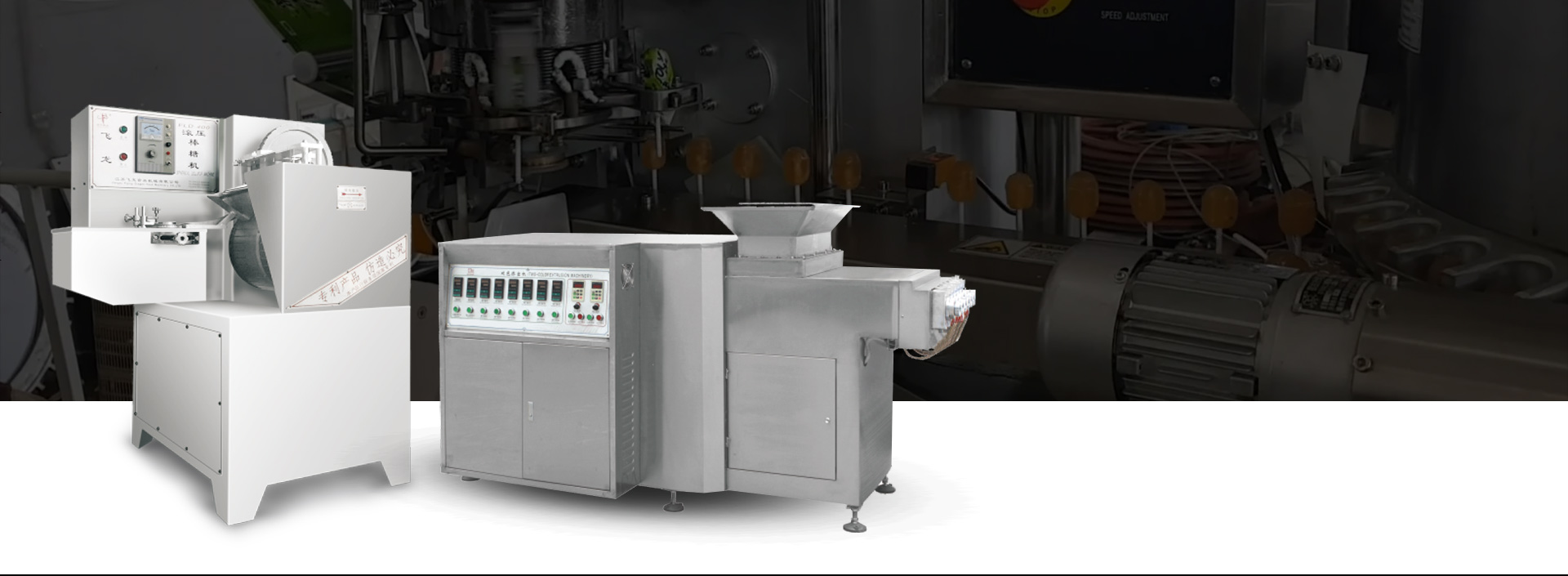
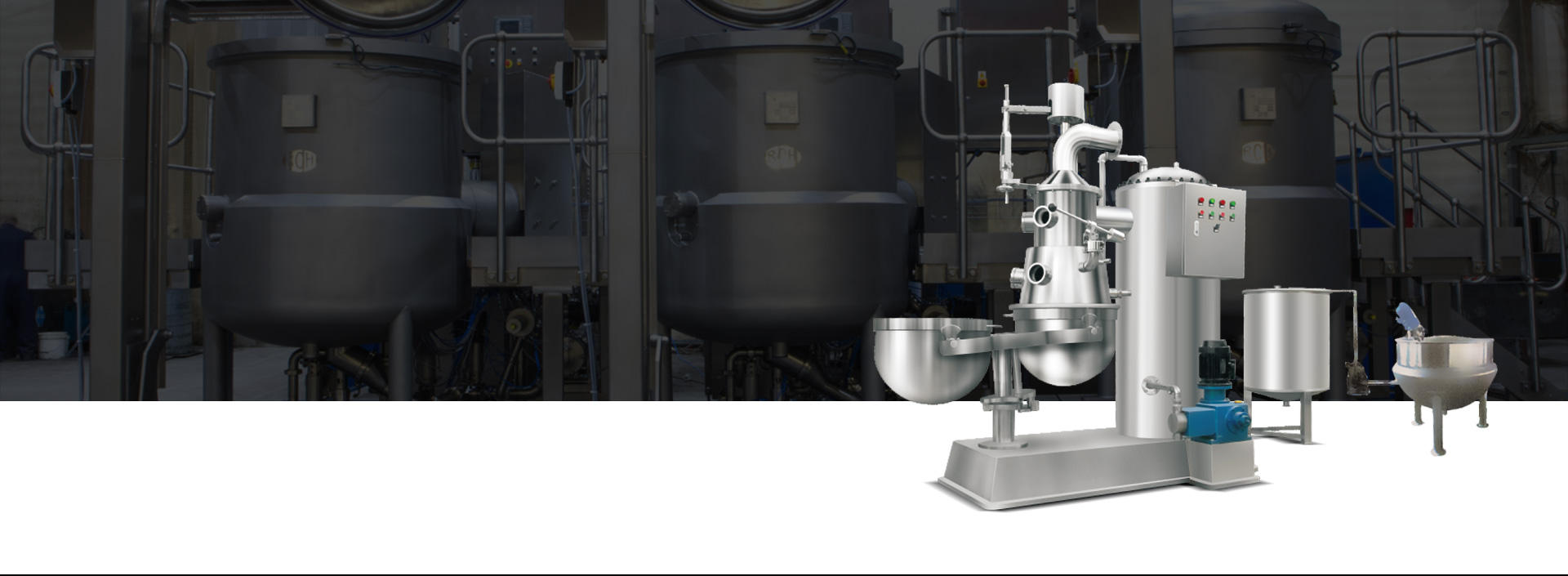

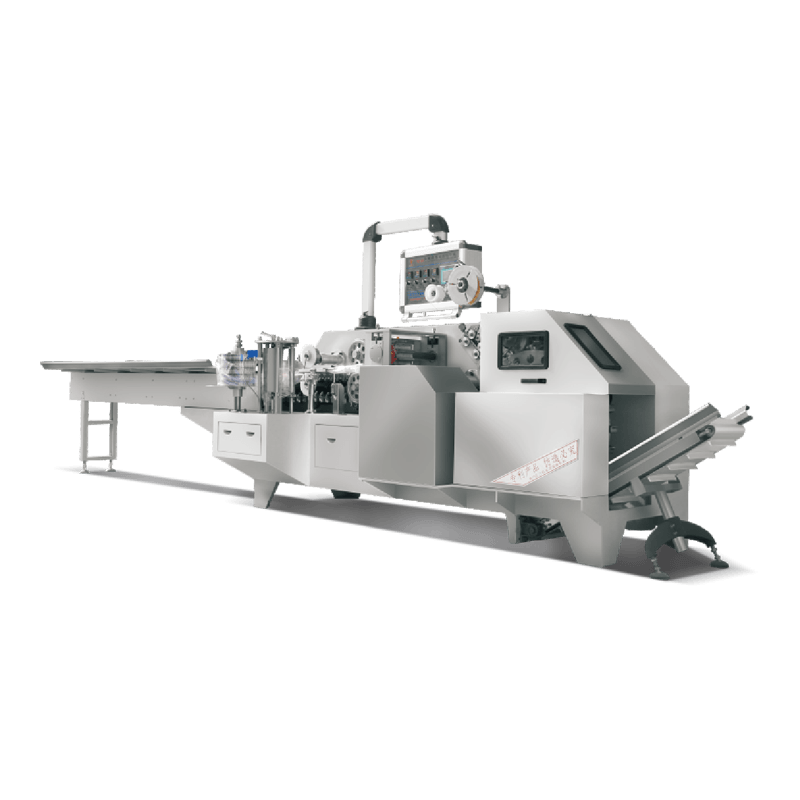
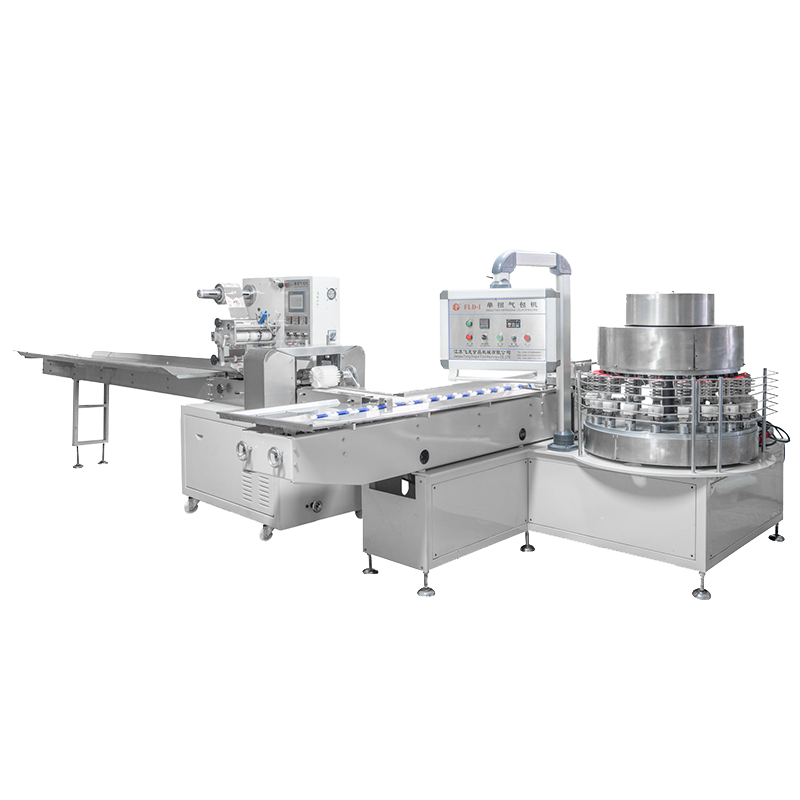
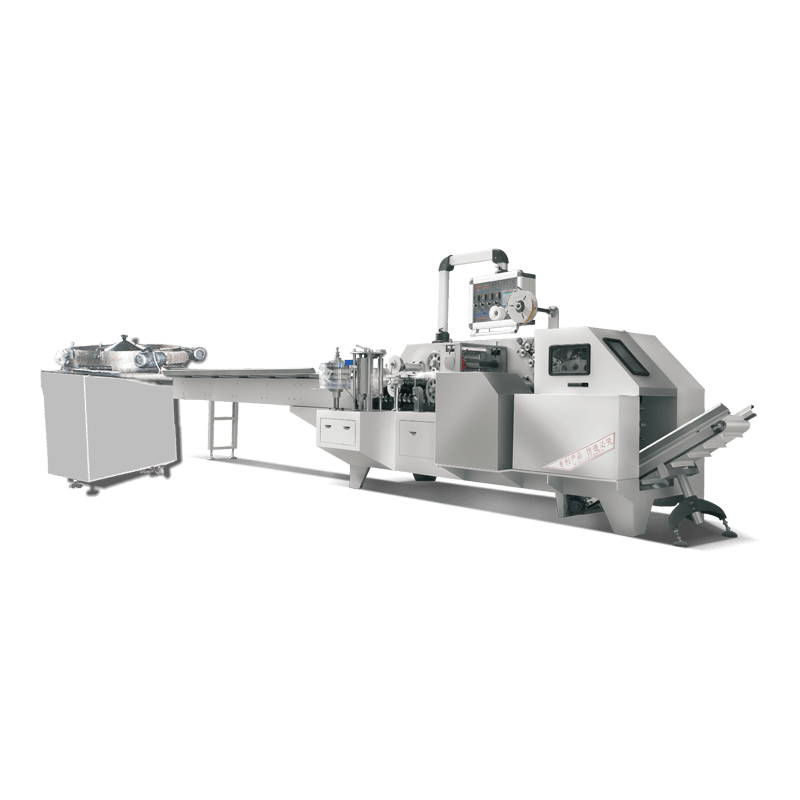
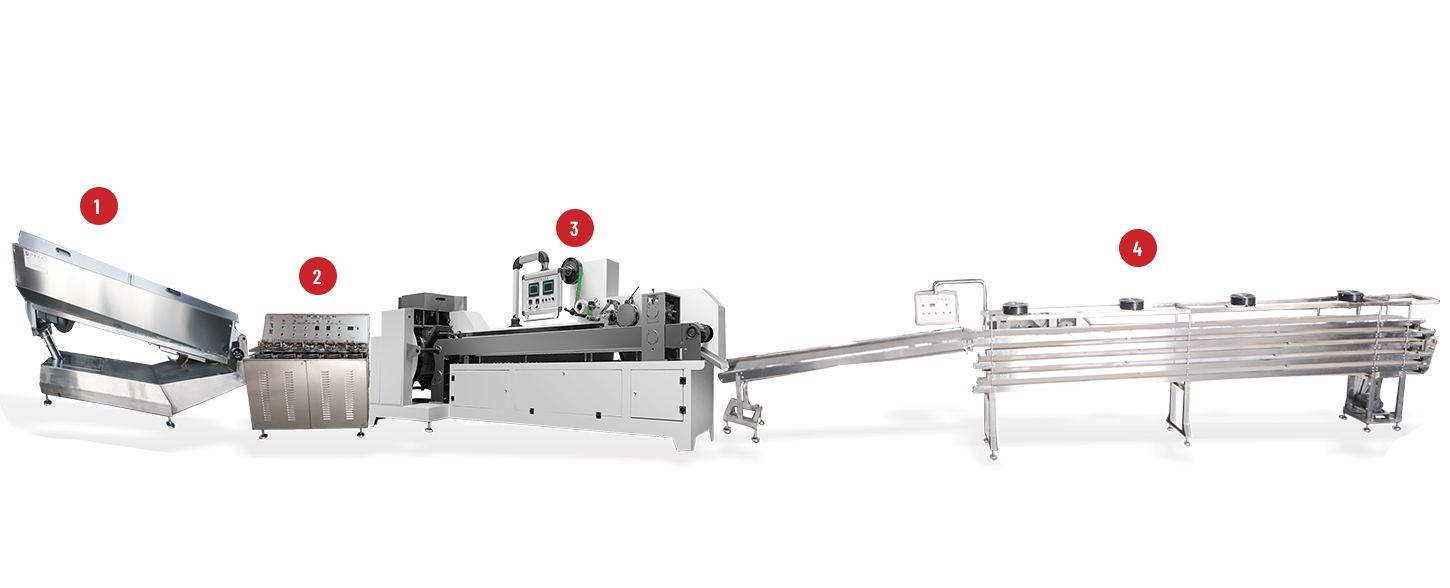
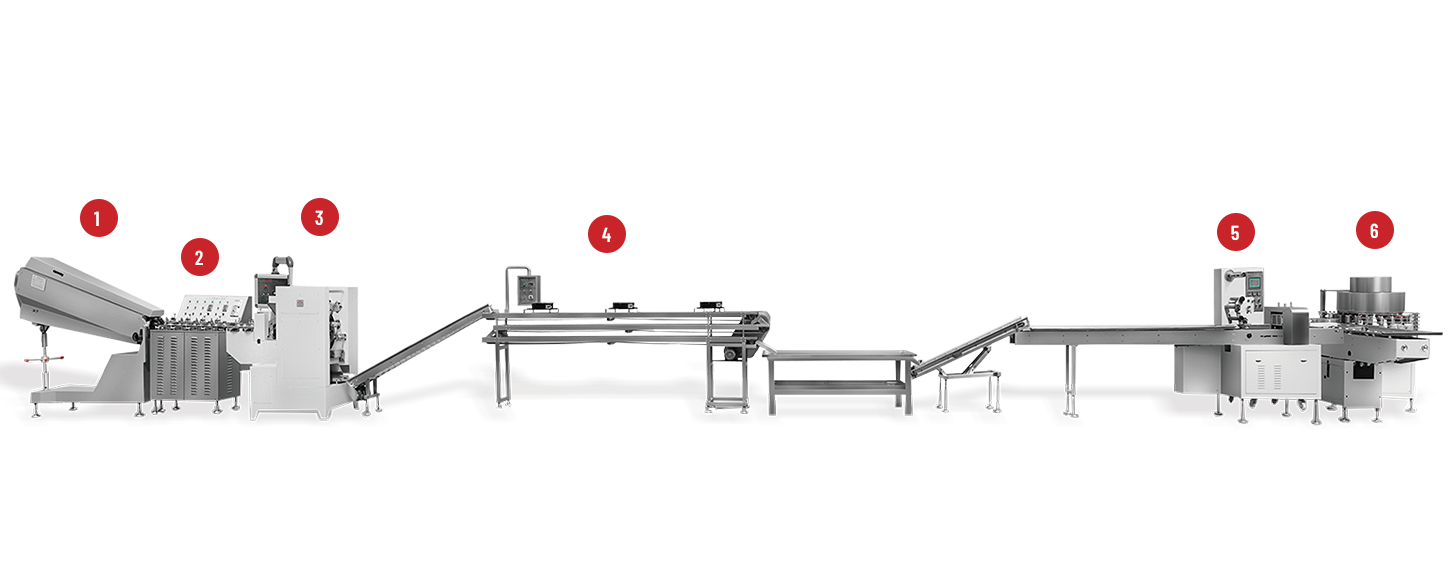
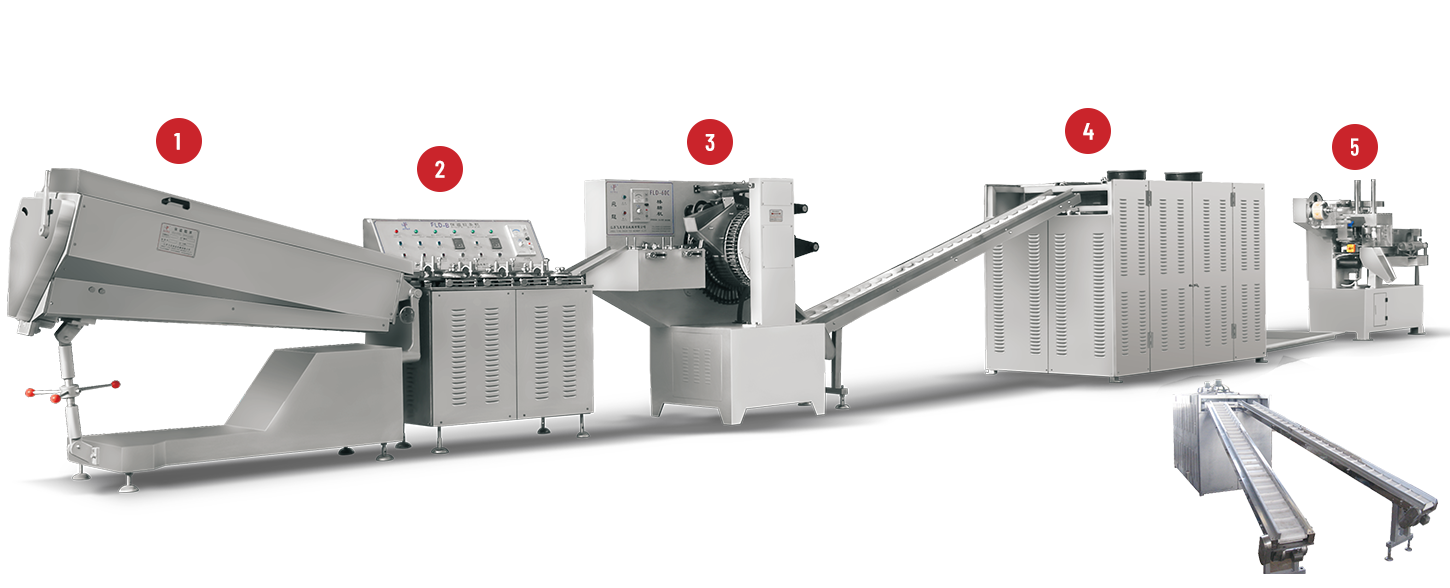
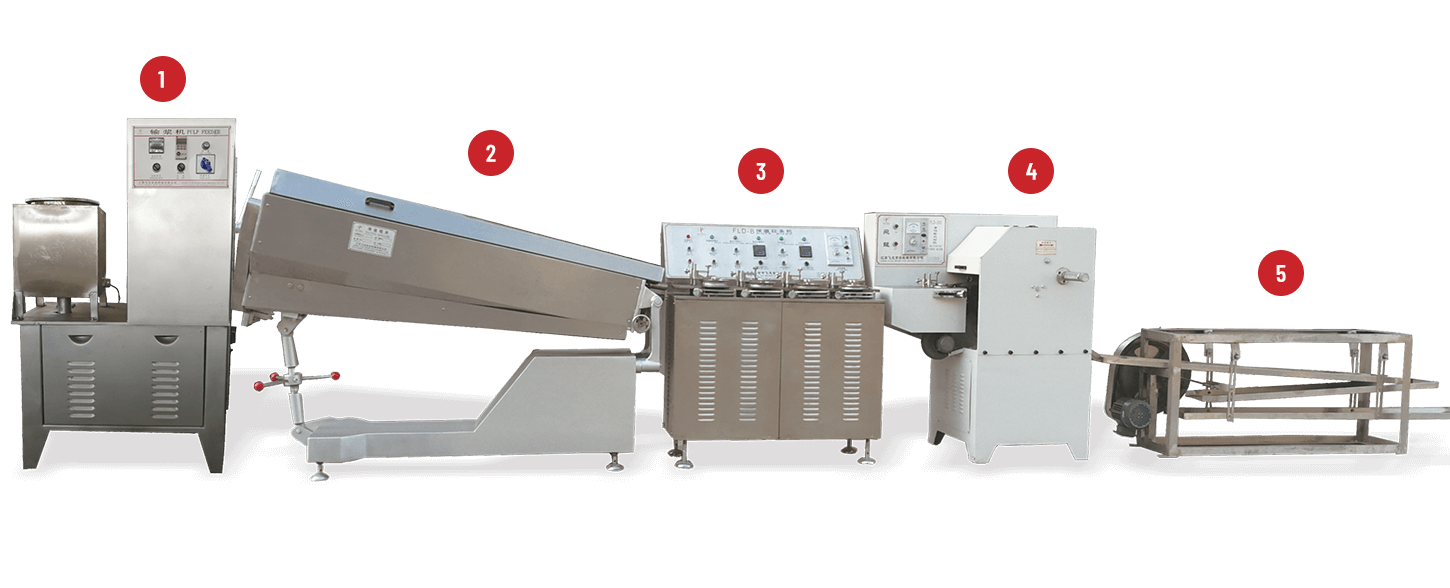
 +86-(0)515-8465666
+86-(0)515-8465666 +86-(0)515-85566996
+86-(0)515-85566996 +86-138 1559 9708
+86-138 1559 9708 flyloong@flyloongcn.com
flyloong@flyloongcn.com 
 Home
Home